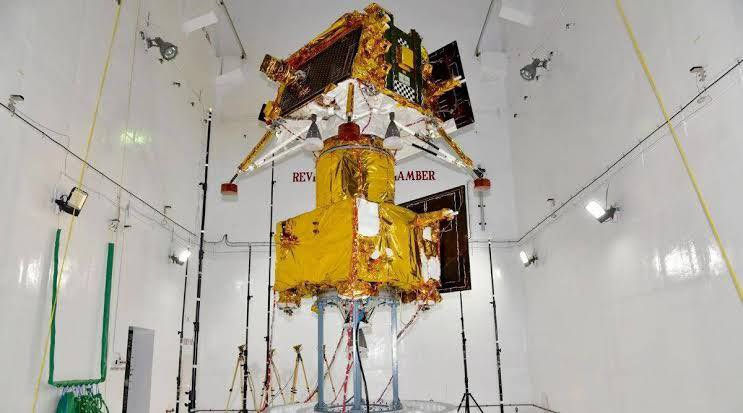Chandrayaan-3, the upcoming mission by the Indian Space Research Organisation (ISRO), is set to build upon the previous Chandrayaan-2 mission. Its primary objective is to demonstrate a comprehensive capability for safe landing and roving on the lunar surface. The mission will involve a Lander and Rover configuration and will be launched by the LVM3 rocket from the Satish Dhawan Space Centre SHAR, located in Sriharikota.
To facilitate the journey, a propulsion module will accompany the lander and rover configuration until it reaches a lunar orbit of approximately 100 kilometres. Notably, the propulsion module will carry the Spectro-polarimetry of Habitable Planet Earth (SHAPE) payload, designed to conduct spectral and polarimetric measurements of Earth from the lunar orbit.
Apart from showcasing end-to-end capabilities, Chandrayaan-3 also aims to develop and demonstrate novel technologies essential for future interplanetary missions. The lander, specifically, will possess the ability to perform a soft landing at a predetermined lunar site. Once deployed, the rover will engage in in-situ chemical analysis of the lunar surface while traversing across its terrain.
This mission seeks to explore the far side of the Moon and is determined to achieve a successful soft landing on the lunar surface. ISRO has taken valuable lessons from the Chandrayaan-2 mission, which unfortunately experienced a crash landing. With these lessons learned, ISRO is making necessary improvements and enhancements to ensure a more successful outcome for Chandrayaan-3.





